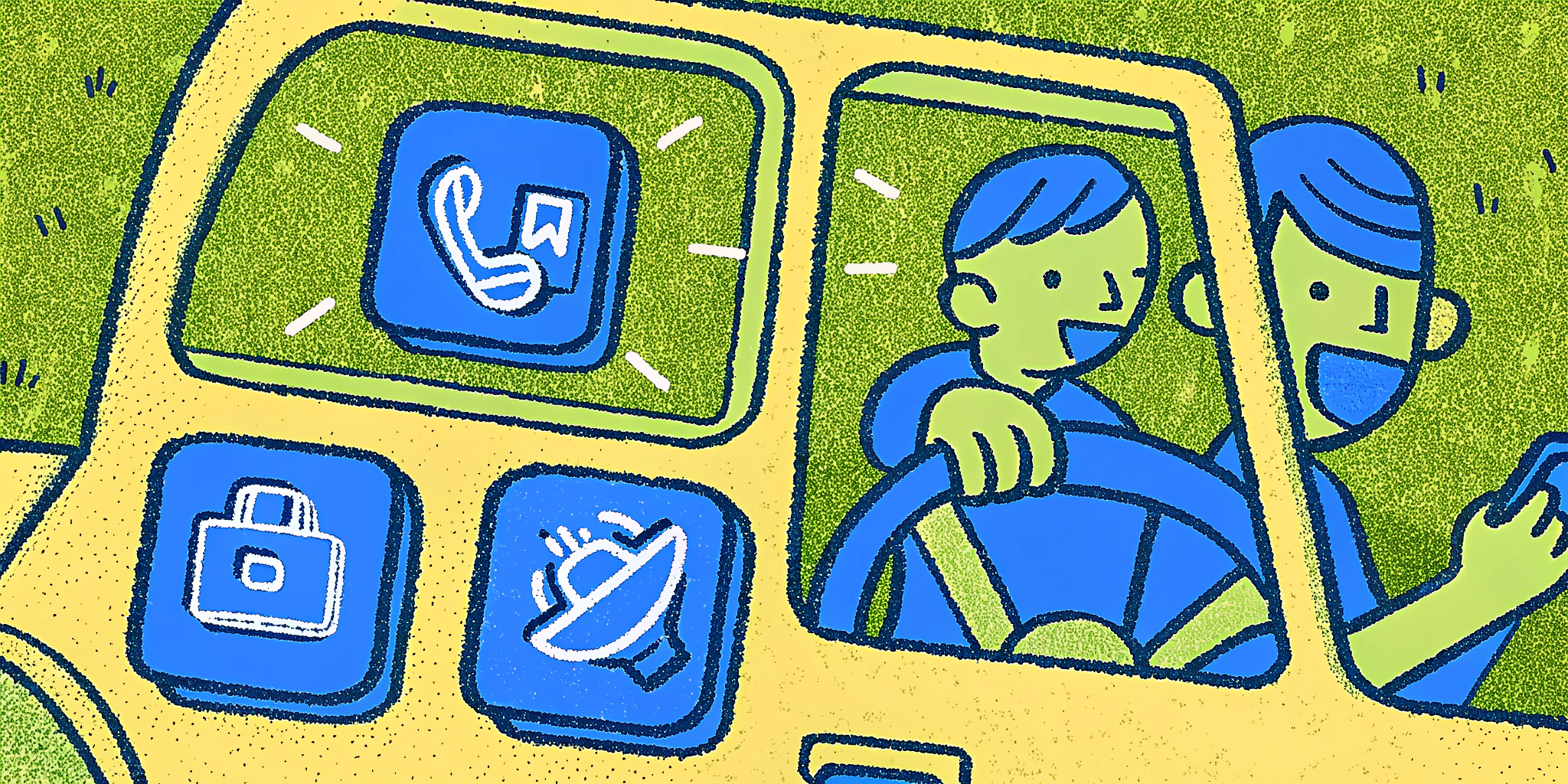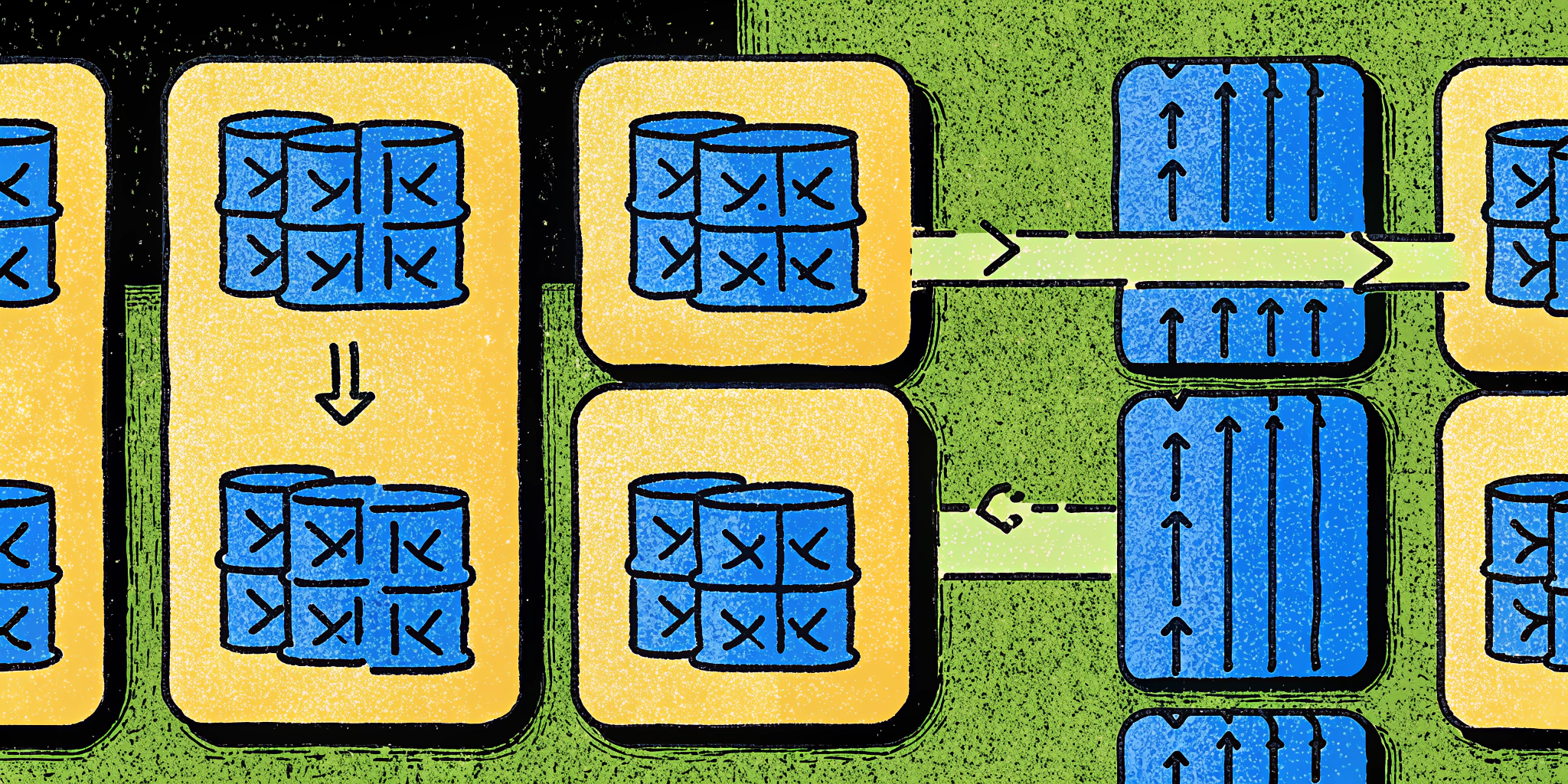Introduction: Why Design Uber for Kids?
Hi, I’m Alex Carter, a backend engineer specializing in distributed systems. If you’ve ever thought about creating a ride-sharing service like Uber but tailored specifically for kids, you’re not alone. The concept of a service that enables parents to safely transport their children while ensuring real-time tracking and communication is both fascinating and complex.
But how do you design a system that keeps safety at the forefront while ensuring scalability and efficiency? That’s what we’re going to explore today.
Here’s a quick snippet: designing Uber for Kids introduces unique challenges like advanced safety features, parent-driver communication, and dynamic pricing models. But with modern technology and a thoughtful approach, these challenges are solvable. Let’s break this down step by step.
Core Requirements for a Ride-Sharing Service for Kids
Safety First
When designing Uber for Kids, safety isn’t just a feature—it’s the core of the product. From driver background checks to real-time ride monitoring, safety encompasses multiple dimensions.
Key Safety Features
- Verified Drivers: Drivers must undergo rigorous background checks, including driving history and criminal record verification.
- Parent Approval: Parents should approve drivers before rides.
- Child-Friendly Vehicles: Cars must meet child safety standards, including booster seats and child locks.
Real-World Example
Uber’s “Uber Teen” program includes pre-approved drivers and notifications sent to parents. Similarly, our system should notify parents the moment a ride starts and ends.
Real-Time Tracking and Communication
Imagine a parent being able to track every movement of their child’s ride. This feature is essential for peace of mind.
Core Components
- GPS Integration: Real-time tracking of the child’s journey.
- In-App Communication: Parents can call or message the driver at any time.
- Emergency Button: Both kids and parents should have an emergency button that alerts authorities immediately.
Building the Key Components
Rider and Driver APIs
The APIs for riders (parents) and drivers must handle high traffic while maintaining responsiveness.
Design Challenges
- Scalability: Thousands of parents and drivers may access the app simultaneously.
- Real-Time Updates: Driver locations and ride statuses must update in real time.
Solutions
- Load Balancing: Distribute requests across multiple servers to handle high traffic.
- WebSockets for Real-Time Updates: Instead of HTTP polling, use WebSockets to push updates directly to the app.
Example Architecture
| Feature | Solution | Technology Used |
|---|---|---|
| High Traffic | Horizontal Scaling | Load Balancers (e.g., AWS ELB) |
| Real-Time Updates | Persistent Connections | WebSockets |
Efficient Database Design
For a ride-sharing app for kids, the database must be both fast and scalable.
Key Data Points
- Rider and Driver Information: Name, phone, email, and safety certifications.
- Trip Details: Pickup and drop-off locations, price, and status.
Sharding for Scalability
To handle high traffic, we shard the database by user ID.
| Data Type | Shard Key | Purpose |
|---|---|---|
| Rider Info | Rider ID | Quickly locate rider data |
| Driver Info | Driver ID | Quickly locate driver data |
| Trip Info | Trip ID | Efficiently manage trip records |
Additional Optimization: Global Index
We introduce a global index for queries like “Show all in-progress trips for a driver.”
Using Maps and Payment Services
Maps
Maps need to provide directions, geocoding, and real-time traffic updates. Instead of building from scratch, integrate third-party services like Mapbox or Google Maps.
Payments
Using a payment processor like Stripe simplifies the payment flow.
Payment Flow
- Rider pays through the app.
- Stripe processes the payment and notifies your backend via a webhook.
- Backend updates the trip status and notifies the driver.
Dynamic Pricing: Ensuring Fairness and Scalability
Dynamic pricing adjusts based on demand. For example, during peak school hours, prices may increase.
Solution: Streaming Pipeline
- Use Kafka for event streaming.
- Aggregate demand data using Apache Spark.
- Store results in Redis for fast access by the pricing API.
Matching Riders with Drivers
Efficient Matching
The H3 Algorithm
Uber’s H3 algorithm divides the world into hexagonal grids, allowing efficient driver searches.
| Feature | Benefit |
|---|---|
| Hexagonal Grids | Uniform coverage |
| Fast Lookups | Quickly find nearby drivers |
Matching Flow
- Rider requests a ride (event sent to Kafka).
- Matching service finds nearby drivers using H3.
- Closest driver is notified via WebSocket.
Final Thoughts and Optimization Opportunities
Designing Uber for Kids combines technical complexity with unique safety challenges. But with the right architecture and tools, it’s achievable.
If you’re preparing for a system design interview or want to dive deeper into concepts like distributed systems or Kafka, I highly recommend using Ninjafy AI. It’s been my go-to tool for mock interviews, helping me refine my responses and tackle complex questions with confidence.




